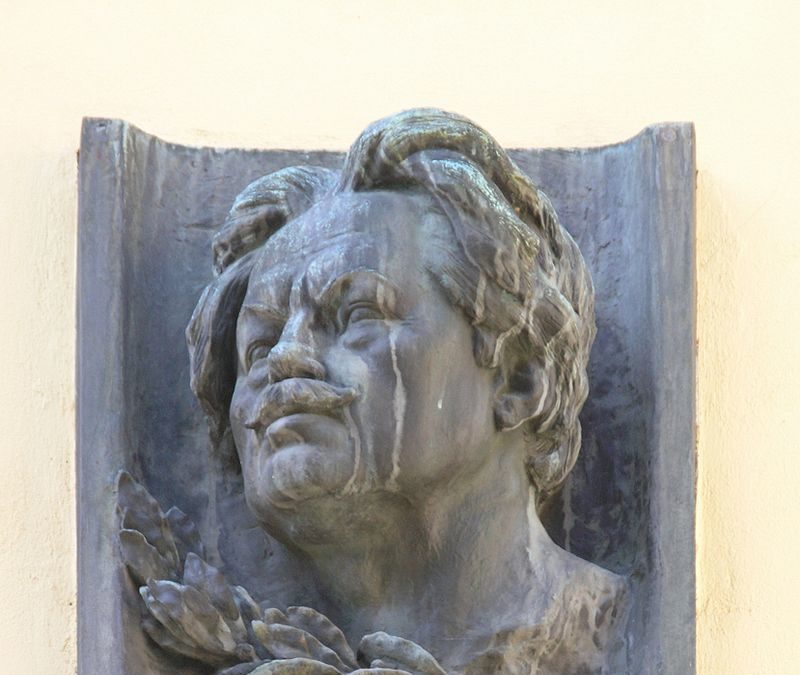Dvořák composed his violin concerto, a masterpiece of the romantic concerto literature, in 1879. He was inspired to write it after meeting the great violinist Joseph Joachim, to whom he had been introduced by Johannes Brahms. Dvořák sent the initial manuscript to Joachim, who suggested a number of changes to it, particularly in the solo part, and Dvořák subsequently revised it. However, Joachim never performed the concerto, possibly on account of its unorthodox structure. After a number of other revisions, the concerto was premiered in Prague in 1883, with the noted young Czech violin virtuoso František Ondříček as the soloist.
With lush melodies and allusions to Czech folk tunes, the violin concerto fits squarely into Dvořák’s “Slavic” period, during which he composed works such as his 6th Symphony, the Czech Suite, the first set of Slavonic Dances, the E-flat Major String Quartet Op. 51, and the A-Major String Sextet Op. 48.
The concerto is a three-movement work, albeit with some unusual features. It opens with a vigorous orchestral “foreshadowing” theme in A minor; the passionate main theme is introduced by the solo violin a few bars later. A gentle second theme in C Major appears in the middle of the movement. The music then becomes more free-form, taking on an almost a rhapsodic quality. After a restatement of the opening theme, instead of a full recapitulation there is a short transition section featuring solo violin and woodwinds, and the music then moves without a break into the second movement.
The lyrical Adagio is an extended meditation on a free-flowing theme. It is interrupted several times by an abrupt dialogue between the solo violin and horns, later taken up by the full orchestra. The end of the movement features a novel duet between the solo violin and horns before ending in a reverent hush.
The lilting third movement is full of folk-theme references. It opens with an uplifting theme based on the furiant, a spritely Czech dance. In the middle of the movement, a slower section based on the Czech dumka makes its appearance. A final statement of the opening furiant brings the concerto to a joyous close.
Violin Concerto in A Minor
Op. 53 (B.108)
Composed in 1879
By Antonín Dvořák






